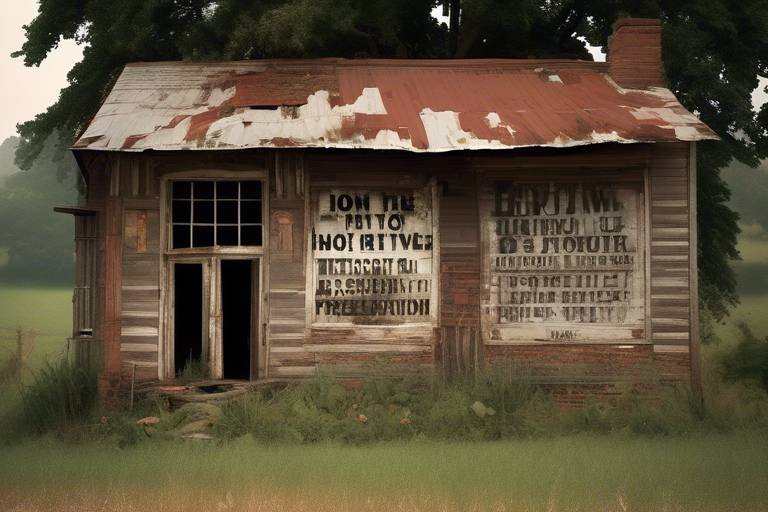The Role of Artists in Cultural Heritage Preservation
Artists play a vital role in the preservation and promotion of cultural heritage through their creative expressions, innovative approaches, and collaborations with communities and institutions. Their contributions go beyond mere aesthetics, delving into the realms of history, tradition, and identity.
One significant aspect of artists' involvement in cultural heritage preservation is their artistic interpretation of heritage sites. Through various art forms such as paintings, sculptures, and installations, artists offer unique perspectives and interpretations that highlight the significance and beauty of these locations. They capture the essence of these sites, immortalizing their cultural value for generations to come.
Moreover, artists are actively involved in reviving traditional art forms that are at risk of being lost. By dedicating their efforts to preserving these practices, artists ensure the continuity of cultural traditions and skills, safeguarding them from fading into obscurity. Their commitment to reviving these art forms breathes new life into age-old practices, keeping them relevant in a rapidly changing world.
Community engagement projects spearheaded by artists are instrumental in fostering a sense of ownership, pride, and responsibility towards shared cultural heritage. By involving local communities in preservation efforts, artists create bonds that transcend mere artistic expression. These collaborative projects not only preserve heritage but also empower communities to actively participate in safeguarding their cultural legacy.
Artists also play a crucial role in art conservation and restoration, utilizing their expertise to conserve and restore artworks, artifacts, and cultural objects. Through meticulous care and attention to detail, artists preserve the integrity and authenticity of heritage pieces, ensuring that they remain intact for future generations to appreciate and learn from.
Furthermore, artists advocate for the protection of cultural heritage sites and traditions through their artworks, raising awareness about threats such as urbanization, climate change, and conflict. Their artistic expressions serve as powerful tools for advocacy, drawing attention to the vulnerabilities faced by cultural heritage and mobilizing support for its preservation.
In the digital age, artists are exploring innovative ways to document, archive, and disseminate cultural heritage using digital tools and technologies. By creating virtual experiences that enhance access and appreciation, artists bridge the gap between traditional practices and modern audiences, making cultural heritage more accessible and engaging.
Art education and outreach programs led by artists play a crucial role in educating the public about the significance of cultural heritage. Through workshops, exhibitions, and outreach initiatives, artists promote awareness and understanding, inspiring future generations to value and preserve their cultural legacy.
Global collaborations among artists from diverse backgrounds facilitate the exchange of knowledge, techniques, and ideas for the preservation and promotion of cultural heritages worldwide. By transcending borders and cultures, artists create a global network dedicated to safeguarding and celebrating the rich tapestry of human heritage.
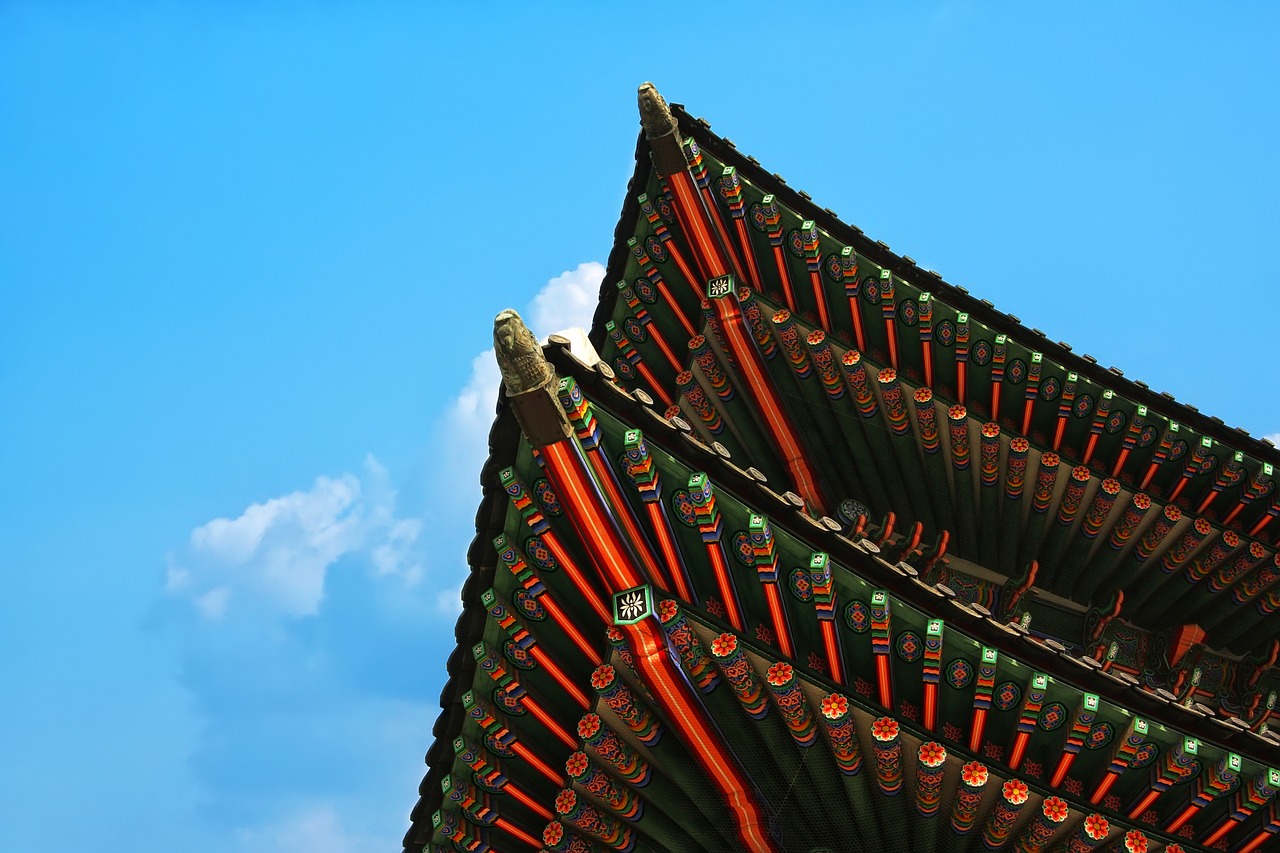
Artistic Interpretation of Heritage Sites
Exploring how artists contribute to preserving and promoting cultural heritage through their creative expressions, innovations, and collaborations with communities and institutions.
Artists play a vital role in offering unique perspectives and interpretations of heritage sites through diverse art forms such as paintings, sculptures, and installations. Their creative expressions not only capture the essence and beauty of these locations but also provide a fresh lens through which viewers can appreciate and connect with the rich history and significance embedded in these sites.
Imagine standing in front of an ancient temple, witnessing an artist skillfully translating the grandeur and mystique of the structure onto a canvas, or observing a sculptor bringing to life the intricate details of a historical figure through their sculpture. These artistic interpretations not only serve as visual delights but also serve as powerful storytellers, preserving the essence of heritage sites for generations to come.
Through their artistic interpretations, artists breathe new life into these sites, making them more accessible and engaging for audiences of all backgrounds. Their creative endeavors not only showcase the beauty of these locations but also provoke thought, spark conversations, and evoke emotions, creating a deeper connection between individuals and the cultural heritage they represent.
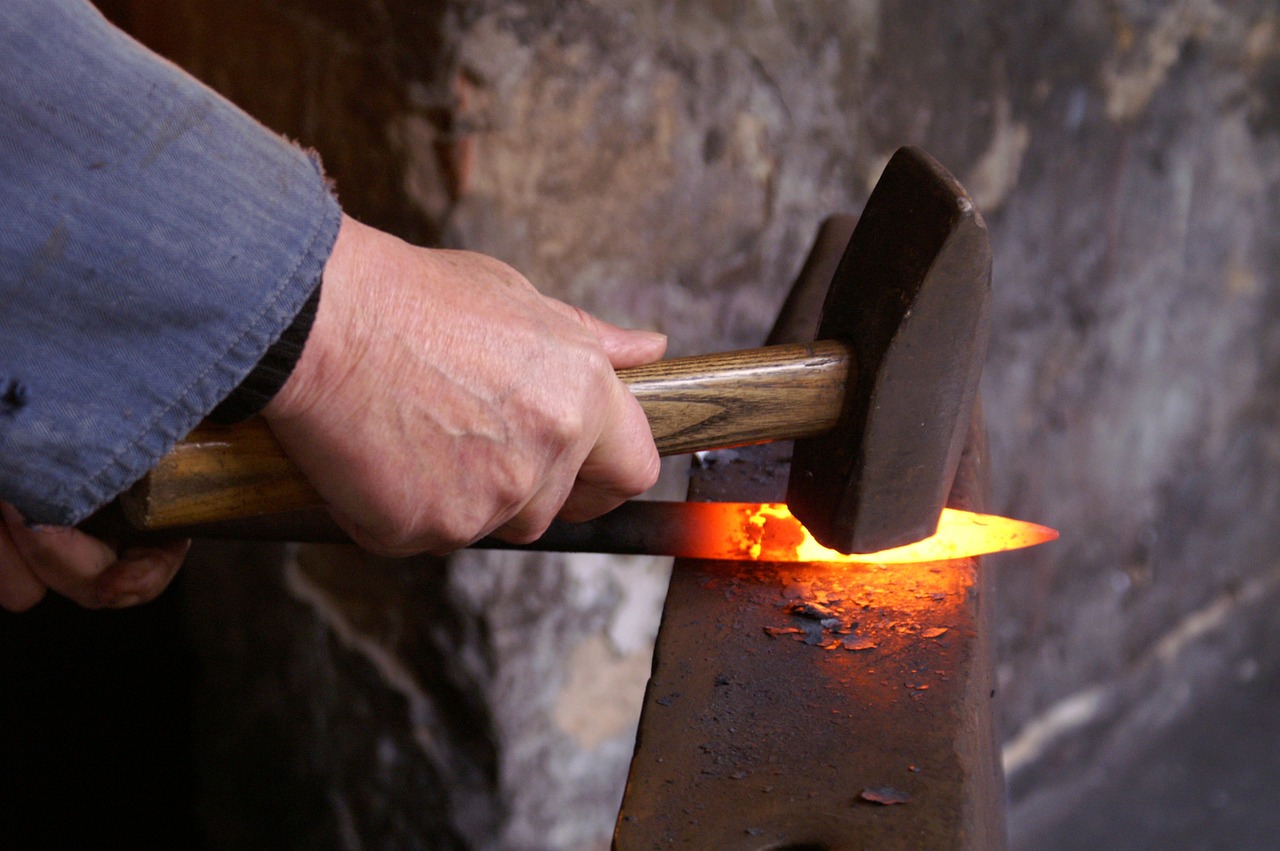
Reviving Traditional Art Forms
Exploring how artists contribute to preserving and promoting cultural heritage through their creative expressions, innovations, and collaborations with communities and institutions.
Traditional art forms hold the essence of our cultural identity, reflecting the history and values of our ancestors. Artists play a vital role in reviving these art forms that are at risk of fading into obscurity. Through their dedication and passion, artists breathe new life into traditional practices, ensuring that the rich tapestry of our heritage continues to thrive.
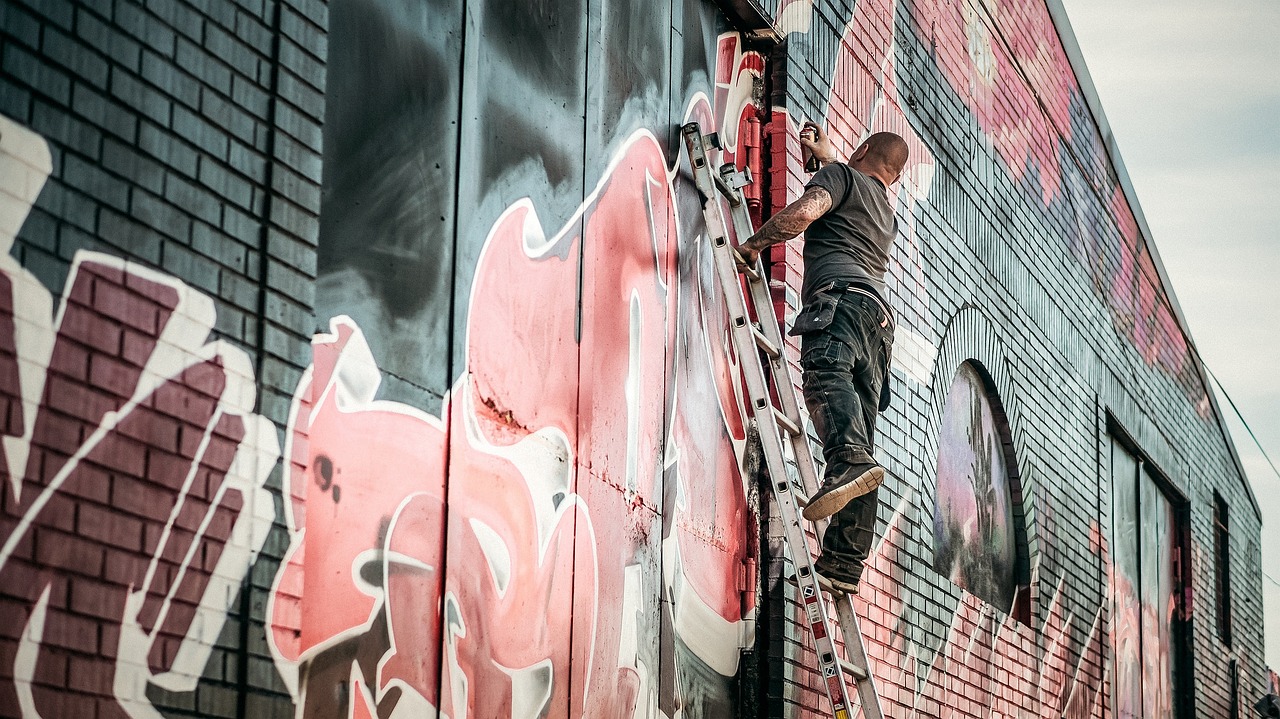
Community Engagement Projects
Exploring how artists contribute to preserving and promoting cultural heritage through their creative expressions, innovations, and collaborations with communities and institutions.
Community engagement projects are vital initiatives led by artists to involve local communities in the preservation of cultural heritage. These projects aim to foster a sense of ownership, pride, and responsibility among community members towards their shared heritage. By collaborating with artists, individuals become active participants in safeguarding and promoting cultural traditions.

Art Conservation and Restoration
Art conservation and restoration play a vital role in preserving the cultural heritage of societies across the globe. Artists with specialized knowledge and skills are entrusted with the task of safeguarding and restoring artworks, artifacts, and cultural objects to their original glory. Through meticulous examination, cleaning, repair, and documentation processes, these experts ensure that the integrity and authenticity of heritage pieces are maintained for future generations to appreciate and learn from.
Imagine a masterpiece painting that has weathered the effects of time, with colors fading and canvas deteriorating. It is the expertise of art conservators that can breathe new life into such treasures, unveiling the artist's original vision and craftsmanship. This delicate process requires a deep understanding of materials, techniques, and historical context to ensure that the artwork is preserved in its truest form.
Art restoration is akin to solving a complex puzzle, where each brushstroke and pigment layer holds clues to the artist's intent. By delicately removing accumulated dirt, repairing damages, and stabilizing fragile elements, conservators reveal the hidden beauty of artworks, allowing viewers to connect with history and culture on a profound level.
Moreover, art conservation goes beyond mere preservation; it is a form of storytelling that bridges the past with the present. Through the careful conservation of cultural objects, artists contribute to a narrative that transcends time, enabling future generations to appreciate the richness and diversity of human creativity and expression.

Artistic Advocacy for Heritage Protection
Exploring how artists contribute to preserving and promoting cultural heritage through their creative expressions, innovations, and collaborations with communities and institutions.
Artists play a vital role in advocating for the protection of cultural heritage sites and traditions through their powerful artworks. By capturing the essence and beauty of heritage sites in their creations, artists raise awareness about the importance of preserving these cultural treasures for future generations. Their artworks serve as visual narratives that highlight the threats faced by heritage sites, such as urbanization, climate change, and conflict, prompting viewers to reflect on the value of safeguarding our shared heritage.
Through their artistic advocacy, artists act as ambassadors for heritage protection, using their creative platforms to amplify the voices of communities at risk of losing their cultural identity. By shedding light on the challenges faced by heritage sites and traditions, artists spark conversations and inspire action towards safeguarding and conserving our cultural legacies.
Moreover, artists engage with policymakers, conservationists, and the public to advocate for sustainable practices that ensure the long-term preservation of cultural heritage. They collaborate with heritage organizations and advocacy groups to develop strategies for safeguarding heritage sites and promoting responsible tourism that respects the integrity of these locations.
Artists also use their influence to mobilize support for heritage protection initiatives, organizing exhibitions, campaigns, and events that raise funds and awareness for conservation efforts. By leveraging their artistic talents and platforms, artists create a powerful impact on society, encouraging individuals and institutions to become stewards of cultural heritage and champions of its preservation.

Digital Preservation and Innovation
When it comes to preserving and promoting cultural heritage in the digital age, artists play a crucial role through their innovative approaches and use of digital tools. Digital preservation and innovation have revolutionized the way cultural heritage is documented, archived, and shared with global audiences. Artists are at the forefront of this transformation, leveraging technology to create immersive experiences that bring heritage sites and traditions to life.
Through the use of digital platforms, artists can reach a wider audience and engage with individuals who may not have had the opportunity to physically visit heritage sites. Virtual reality experiences, online exhibitions, and interactive websites are just some of the ways artists are harnessing digital tools to preserve and promote cultural heritage in innovative ways.
Moreover, digital innovation allows for the conservation of fragile artifacts and artworks through high-resolution scanning and 3D modeling techniques. By digitizing cultural objects, artists can ensure their preservation for future generations and create digital archives that serve as valuable resources for researchers and enthusiasts.
Collaborations between artists and technologists have led to the development of cutting-edge applications that enhance the accessibility and understanding of cultural heritage. From augmented reality tours to digital storytelling platforms, these collaborations push the boundaries of traditional art forms and offer new perspectives on age-old traditions.
Overall, digital preservation and innovation empower artists to transcend physical limitations and create dynamic experiences that celebrate and safeguard cultural heritage for generations to come.
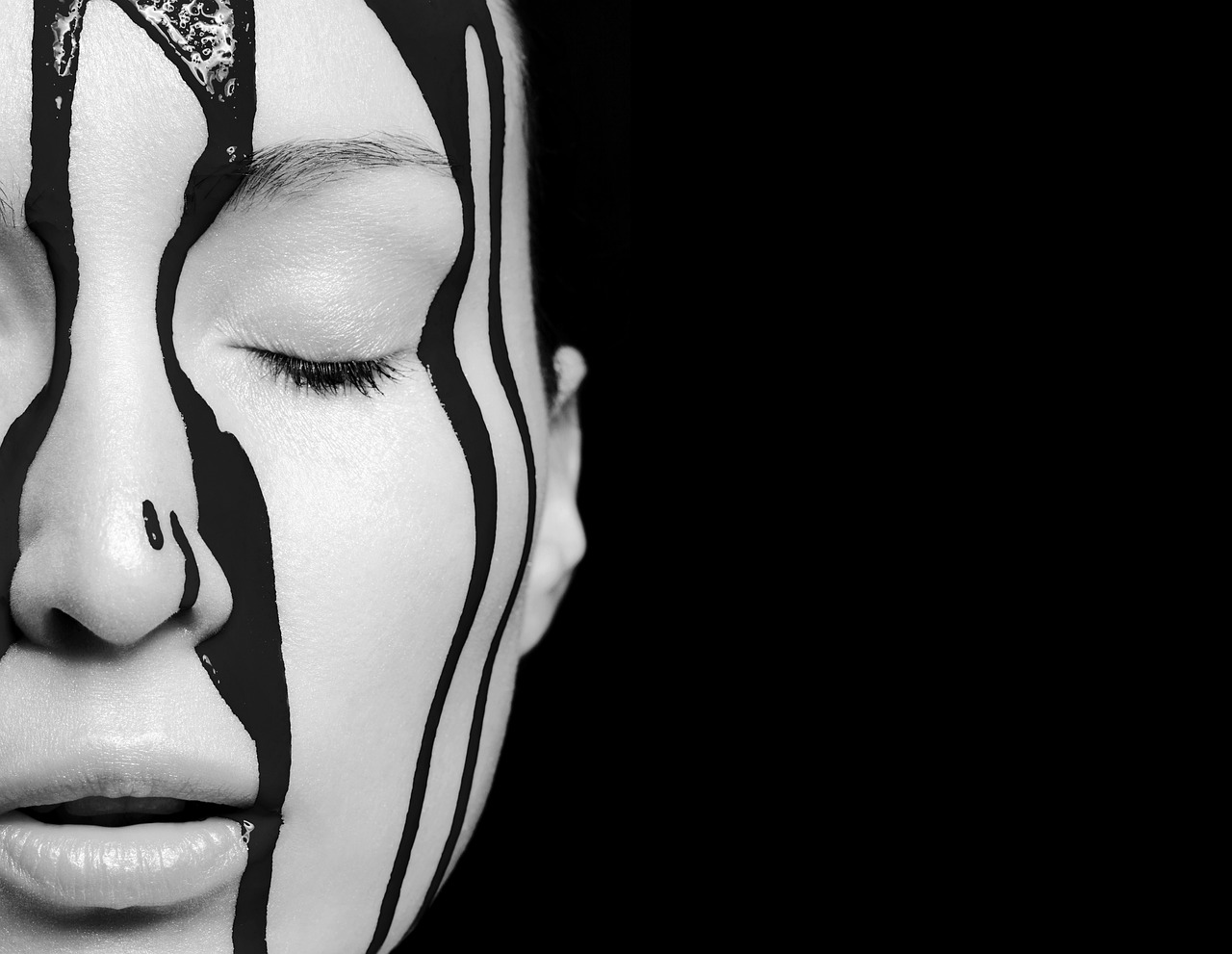
Art Education and Outreach Programs
Exploring how artists contribute to preserving and promoting cultural heritage through their creative expressions, innovations, and collaborations with communities and institutions.
Art education and outreach programs play a vital role in raising awareness and appreciation for cultural heritage. Artists engage with the public through workshops, exhibitions, and interactive sessions, aiming to educate and inspire individuals about the significance of preserving our shared heritage.
By organizing art workshops, artists provide hands-on experiences for participants to learn about traditional art forms, techniques, and cultural practices. These programs not only offer valuable knowledge but also foster a deeper connection between individuals and their cultural heritage.
Through outreach initiatives, artists bring art directly to communities, making cultural heritage more accessible and engaging. By collaborating with schools, museums, and cultural organizations, artists create opportunities for people of all ages to explore and learn about different aspects of their heritage.
Moreover, art education programs often incorporate elements of storytelling, music, and performance to enhance the learning experience and make it more interactive. By combining various art forms, artists can create immersive environments that captivate audiences and leave a lasting impact on their understanding of cultural heritage.
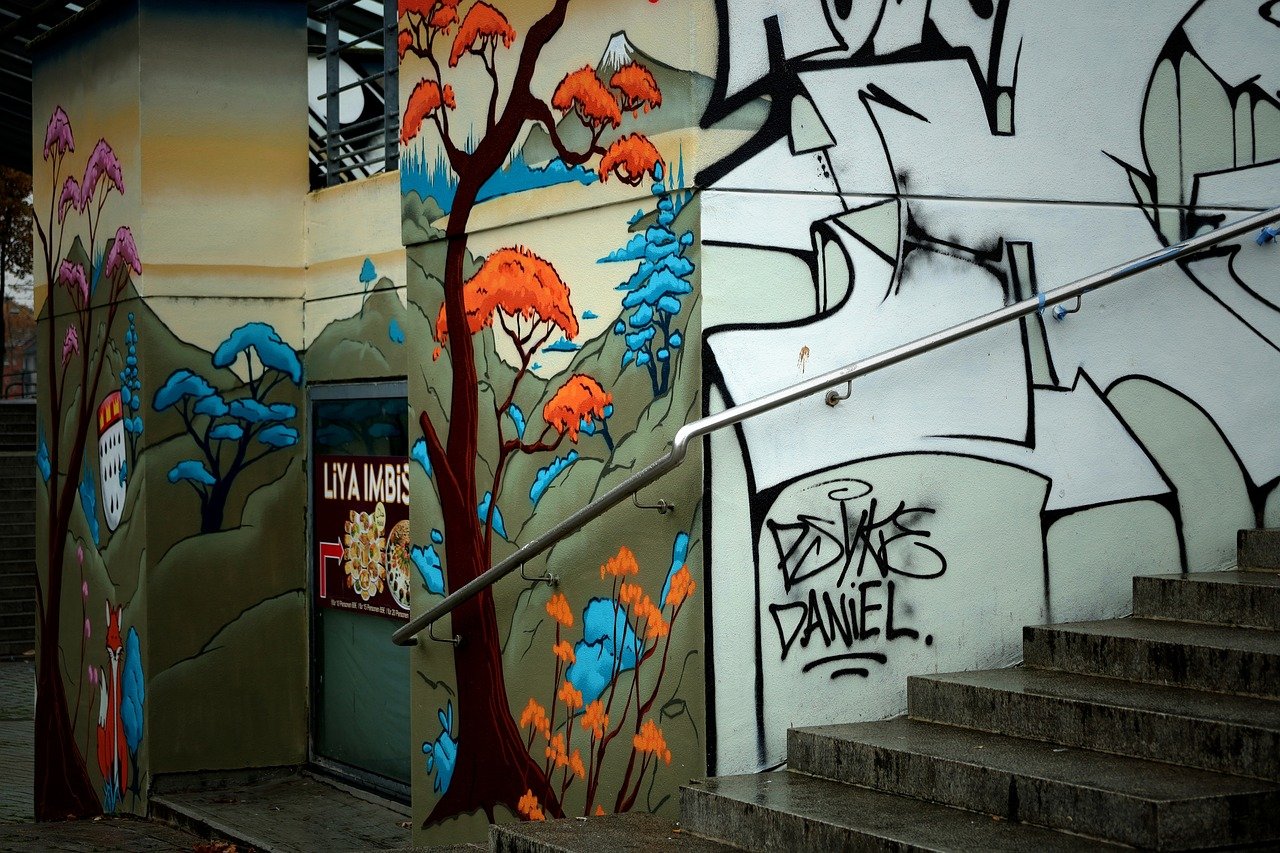
Global Collaborations for Heritage Conservation
Exploring how artists contribute to preserving and promoting cultural heritage through their creative expressions, innovations, and collaborations with communities and institutions.
Artists offer unique perspectives and interpretations of heritage sites through various art forms such as paintings, sculptures, and installations. Their creations highlight the significance and beauty of these locations, inviting viewers to see them through a new lens.
Artists play a vital role in reviving and preserving traditional art forms that are at risk of being lost. By dedicating themselves to these practices, they ensure the continuity of cultural traditions and skills for future generations to appreciate and learn from.
Through collaborative projects, artists engage with local communities to preserve cultural heritage. By involving the community in these initiatives, artists foster a sense of ownership, pride, and responsibility towards their shared heritage, creating a deeper connection between people and their cultural roots.
Artists are essential in the conservation and restoration of artworks, artifacts, and cultural objects. Their expertise allows them to preserve the integrity and authenticity of heritage pieces, ensuring that these treasures are passed down intact to future generations.
Artists use their artworks to advocate for the protection of cultural heritage sites and traditions. Through their creative expressions, they raise awareness about threats such as urbanization, climate change, and conflict, inspiring action to safeguard our shared cultural legacy.
Artists harness digital tools and technologies to document, archive, and disseminate cultural heritage. By creating virtual experiences, they enhance access and appreciation for heritage, making it more accessible to a global audience and ensuring its preservation for future generations.
Artists play a crucial role in educating the public about the significance of cultural heritage. Through workshops, exhibitions, and outreach programs, they promote awareness and understanding, inspiring others to value and protect our rich cultural diversity.
Artists collaborate across borders and cultures to exchange knowledge, techniques, and ideas for the preservation and promotion of diverse cultural heritages worldwide. By working together, they contribute to a global effort to conserve and celebrate the richness of our shared cultural legacy.
Frequently Asked Questions
- What role do artists play in cultural heritage preservation?
Artists play a crucial role in cultural heritage preservation by interpreting heritage sites, reviving traditional art forms, engaging with communities, conserving artworks, advocating for heritage protection, utilizing digital tools, conducting educational programs, and collaborating globally.
- How do artists contribute to reviving traditional art forms?
Artists contribute to reviving traditional art forms by learning, practicing, and teaching these art forms to ensure their continuity. Through their dedication and creativity, artists help preserve cultural practices and skills that are at risk of being lost.
- What are some examples of community engagement projects led by artists?
Community engagement projects led by artists include collaborative initiatives with local communities to preserve cultural heritage. These projects involve community members in activities such as mural painting, storytelling, workshops, and exhibitions, fostering a sense of shared responsibility towards heritage conservation.
- How do artists advocate for heritage protection through their artworks?
Artists advocate for heritage protection through their artworks by raising awareness about threats to cultural heritage sites and traditions. Through powerful visual representations and messages in their art, artists bring attention to issues such as urbanization, climate change, and conflict that endanger heritage sites.
- What is the significance of global collaborations among artists for heritage conservation?
Global collaborations among artists are significant for heritage conservation as they facilitate the exchange of knowledge, techniques, and ideas across cultures. By working together on preservation projects, artists contribute to the safeguarding and promotion of diverse cultural heritages on a global scale.







